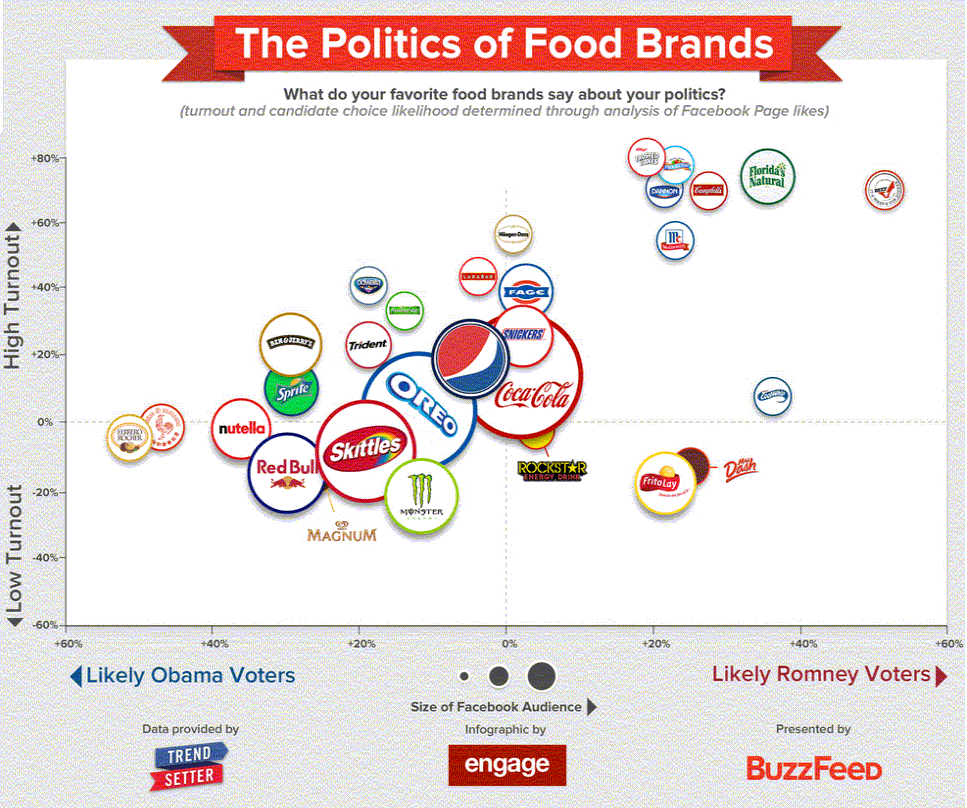Brandon McFadden, one of my inquisitive Ph.D. students, stopped by today and asked if I'd looked at the county-by-county breakdown of the vote on Proposition 37 on mandatory GMO labeling. I hadn't, so we pulled up the maps.
Here is the county-by-county outcome for Prop 37 on mandatory GM labeling.
Brandon astutely pointed out that this map looked very similar to the one on the gay marriage proposition back in 2008 (a no vote on Prop 8 was essential a vote in favor of gay marriage).
Back in 2008, there was also a ballot initiative (Prop 2) that (in essence) banned battery cages in egg production. This map also looks very similar to the one above on Prop 8 in 2008. So, Brandon down loaded the data from Prop 2 and Prop 8 in 2008 and did a little analysis somewhat like one we conducted earlier (the final voting tallies for Prop 37 aren't yet available in downloadable format).
Here is what he found:
(fraction of county voting for Prop 2 in 2008) = 0.326 + 0.572 x (fraction of county voting NO on Prop 8).
A hypothetical county with everyone voting no on Prop 8 (for gay marriage) would be expected to have 32.6+57.2=89.8% voting yes on Prop 2 (for banning battery cages). By contrast, a hypothetical county with everyone voting yes on prop 8 (against gay marriage would be expected to have 32.6% voting yes for prop 2 (against banning cages).
This little equation explains a remarkable 87% of the variation in voting outcomes associated with Prop 2! A vote against Prop 8 was almost a guaranteed yes vote for Prop 2. The people who want gay marriage are apparently also the same people who want cage free chickens.
So, that raises the question I posed as the title of this post: What do cage free eggs have to do with gay marriage? I might similarly ask: What does GMO labeling have to do with gay marriage?
Ostensibly, gay marriage has nothing to do with eggs or GMOs. Yet, there seems to be a clear underlying factor (probably political ideology) that is driving votes on all three issues. But, the facts on these propositions are so very different that is hard to imagine most reasonable people falling in line on all three.
The results seem to suggest interesting areas of research related to political ideology and food choice.



